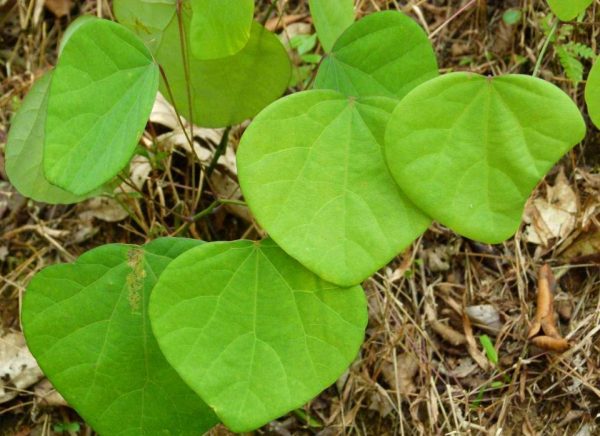Ankola (Alangium salvifolium): A Versatile Medicinal Gem
Basonym of Drug: The medicinal plant known as Ankola is scientifically referred to as Alangium salvifolium.
Main Synonyms: In Ayurveda, Ankola is known by various synonyms, including:
- Ankola
- Atikaya
- Priyala
- Ankusha
- Hemapuspa
- Vataghni
- Kanakavriksha
Regional Name: Ankola is also known by different names in various regional languages. Some common regional names include:
- Hindi: Ankola
- Bengali: Ankola
- Kannada: Ankola
- Malayalam: Ankola
- Marathi: Ankola
- Tamil: Ankilam
- Telugu: Ankudu
Botanical Name: The botanical name of Ankola is Alangium salvifolium.
Family: Ankola belongs to the Alangiaceae family.
Classification of Dravya (Gana) as described in Charak and Sushrut: In the classical Ayurvedic texts of Charak and Sushrut, Ankola is classified as follows:
- Charak: Ankola is categorized under the group of “Panchavalkaladi” drugs, known for their wound-healing and anti-inflammatory properties.
- Sushrut: In Sushrut Samhita, Ankola is classified as a “Shakavarga” drug, indicating its potential use in formulations with other herbal medicines.
External Morphology: Ankola is a medium-sized deciduous tree with a height ranging from 5 to 12 meters. The leaves are simple, opposite, and broadly elliptic. The flowers are small, greenish-yellow, and occur in terminal panicles. The fruit is a drupe with a single seed.
Useful Parts: The useful parts of Ankola are primarily the leaves, stem bark, and roots.
Important Phytoconstituents: Ankola contains various phytochemicals, including alkaloids, flavonoids, tannins, and glycosides. It is also a rich source of antioxidants.
Rasa Panchaka: The Rasa Panchaka (five tastes) of Ankola is as follows:
- Rasa (Taste): Bitter (Tikta), Astringent (Kashaya)
- Guna (Quality): Heavy (Guru), Dry (Ruksha)
- Virya (Potency): Heating (Ushna)
- Vipaka (Post-digestive taste): Pungent (Katu)
Action on Dosha, Dhatu, and Mala: Ankola primarily pacifies the Vata and Kapha doshas. It nourishes and strengthens the Rakta (blood) and Asthi (bone) dhatus.
Prayogarha Vyadhi (Therapeutic Indications): Ankola is utilized in Ayurvedic medicine for various therapeutic purposes. Some of its important indications include:
- Wound healing and management of skin disorders
- Joint and muscular disorders
- Fever (Jvara)
- Diarrhea and dysentery (Atisara)
- Respiratory conditions (Shwasa and Kasa)
Amayikaprayoga and Matra (Therapeutic Administration and Dose): Ankola can be used in various formulations, and the dosage depends on the specific preparation and the individual’s condition. Commonly used forms include:
- Powder: 3-6 grams, once or twice a day
- Decoction: 50-100 ml, once or twice a day
Vishishta Yoga (Names of Important Formulations): Ankola is an integral component of several Ayurvedic formulations. Some notable formulations include:
- Panchavalkala Kwath
- Mahatiktaka Ghrita
- Panchatikta Ghrita
Vishakta Lakshan (Adverse Effects): Ankola is generally safe and well-tolerated when used in recommended doses. Excessive consumption may lead to gastric discomfort in some individuals.
Chikitsopachara (Remedial Measures): Ankola is best used under the guidance of a qualified Ayurvedic practitioner. Proper dosing, combining with suitable adjuvants, and considering an individual’s specific condition are essential aspects of its therapeutic application.
Shodhana (If Required): Ankola usually does not require shodhana (purification) procedures. However, in certain cases, Shodhana methods like Bhavana (levigation) or Svedana (steam treatment) may be applied for specific therapeutic purposes.
Ankola’s diverse medicinal properties and potential health benefits make it a valuable herb in Ayurvedic medicine. Its applications extend to various health conditions, reflecting its importance in traditional healthcare practices.



